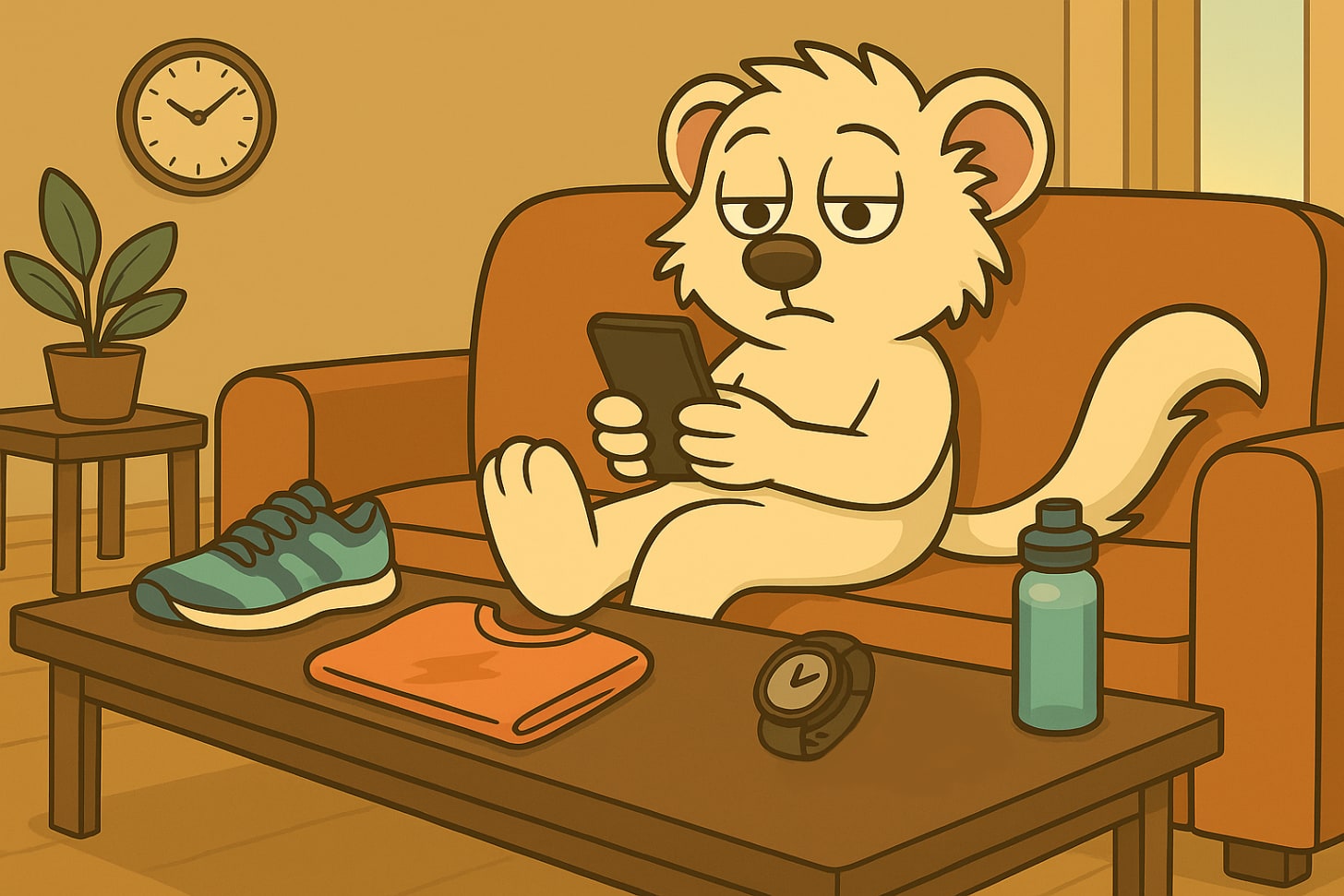How to Make Your Phone Work for You and Not Against You
Simple tweaks that help you remember more, start faster, and get distracted less often
You sit down just before you go out and do the first thing you wanted to do today (like going for a run). Your phone lights up. A ping about a sale. A news alert. A friend sends a reel. Ten minutes disappear, then twenty. The momentum is gone, and guilt rolls in like fog.
For many of us with ADHD, the phone is both the toolbox and the trap. We open it to set a reminder and somehow end up swimming in notifications we did not ask for. By evening, the plans we had are left untouched, while our attention feels shredded. It is not laziness. It is design colliding with a sensitive attention system.
With a few quick changes, you can flip your phone from attention thief to quiet teammate. No hacks. No new apps. Just simple, reversible settings that give your brain room to breathe.
You are not the problem here. Your phone, and the apps you most often use, are built to capture attention on purpose. Of course your brain wants to chase every ping, especially when stimulation is the easier path. That is human, and it is louder with ADHD. So we stop relying on willpower and change the environment. Less noise. Fewer choices. Clearer cues. You set the stage so attention has a chance to land and stay.
Cut the noise so focus can stick
Every alert is a micro-interruption that yanks your brain into a new lane. That jump is costly for ADHD minds, which already work hard to hold a thread. Silencing non-urgent alerts is like shutting an office door. It lowers the number of times your mind has to reboot.
Try this picture. You start a 30-minute block for deep work. Your phone goes quiet. The first few minutes feel twitchy, like you are missing something. Then the quiet takes over. You write the email you have been avoiding, outline the report, and finally send the invoice. When you check your phone later, nothing urgent was lost. What was saved was your focus. Do that once, and your brain learns the feeling of uninterrupted time. Do it often, and starting gets easier because the environment is safer.
There is another benefit. Fewer random alerts means fewer emotional jolts. Your stress stays lower. The task in front of you feels less threatening. You can settle and begin without battling a rising tide of noise.
Turn routines into a safety net
Silence alone is not the goal. You still need the important things to reach you on time. The move is to let essential signals through while bundling the rest. Time-sensitive items, like calendar events, school calls, or medication reminders stay visible. Everything else waits for a scheduled check-in. Instead of 50 tiny taps on your shoulder, you get one or two short summaries when you choose. You keep track without staying on high alert all day.
Evening routines help too. Many ADHD folks struggle to power down at night, and late scrolling does not help. Set a daily wind-down where your phone dims and stops calling your name. A calmer screen and quiet alerts reduce the pull to tap. Sleep improves, and with it your memory, mood, and ability to start the next morning. You wake up less foggy and more able to find your keys, your plan, and your first step.
Think of this as externalizing memory. You are moving crucial nudges out of your head and into the environment. Your phone becomes a reliable assistant instead of a slot machine. That shift lightens mental load and frees attention for the thing you are doing now.



